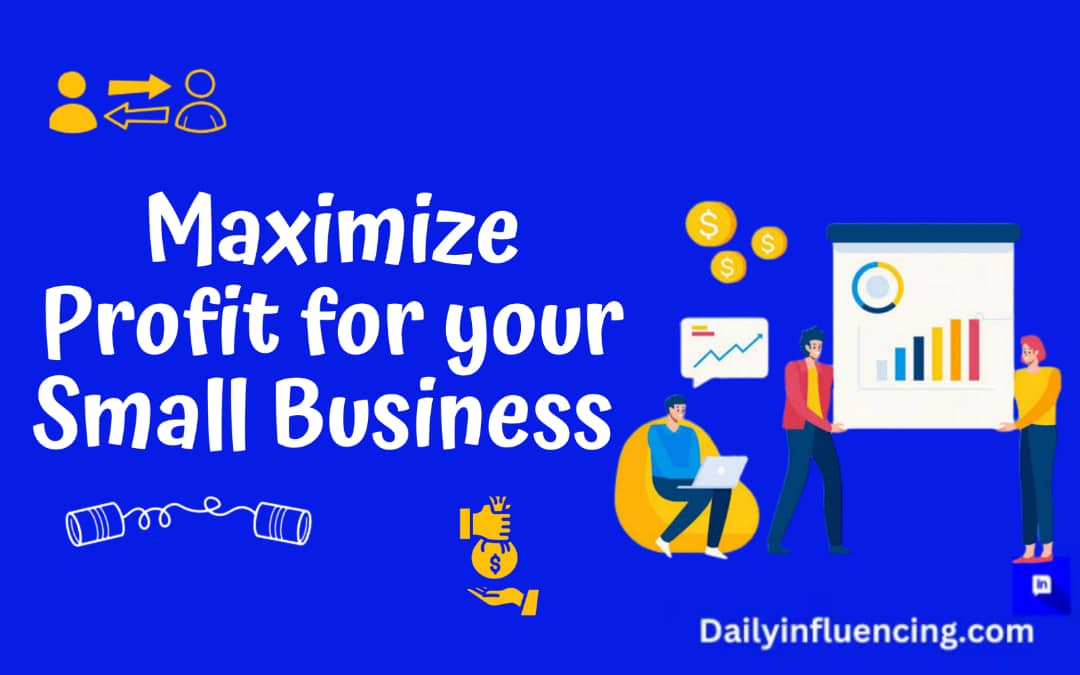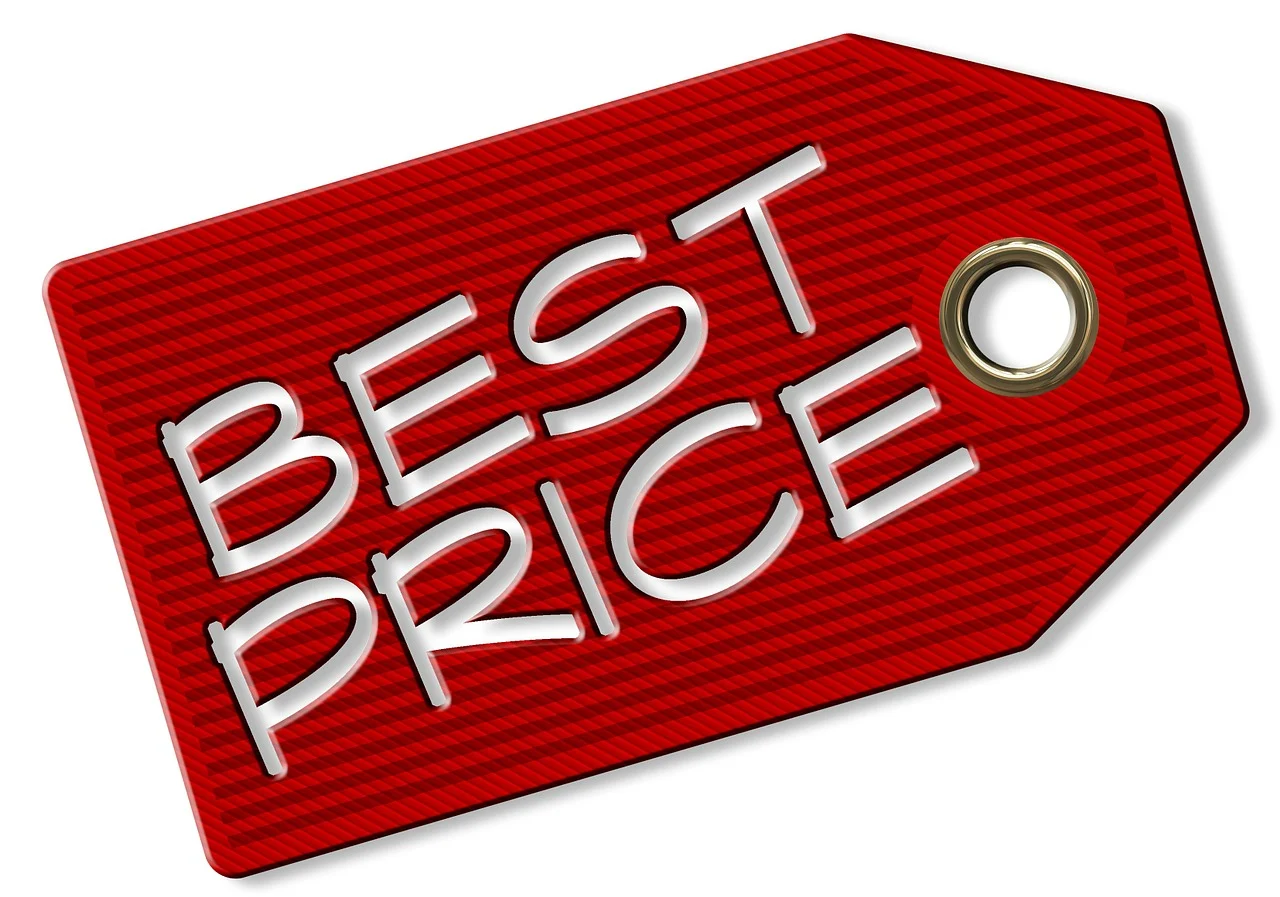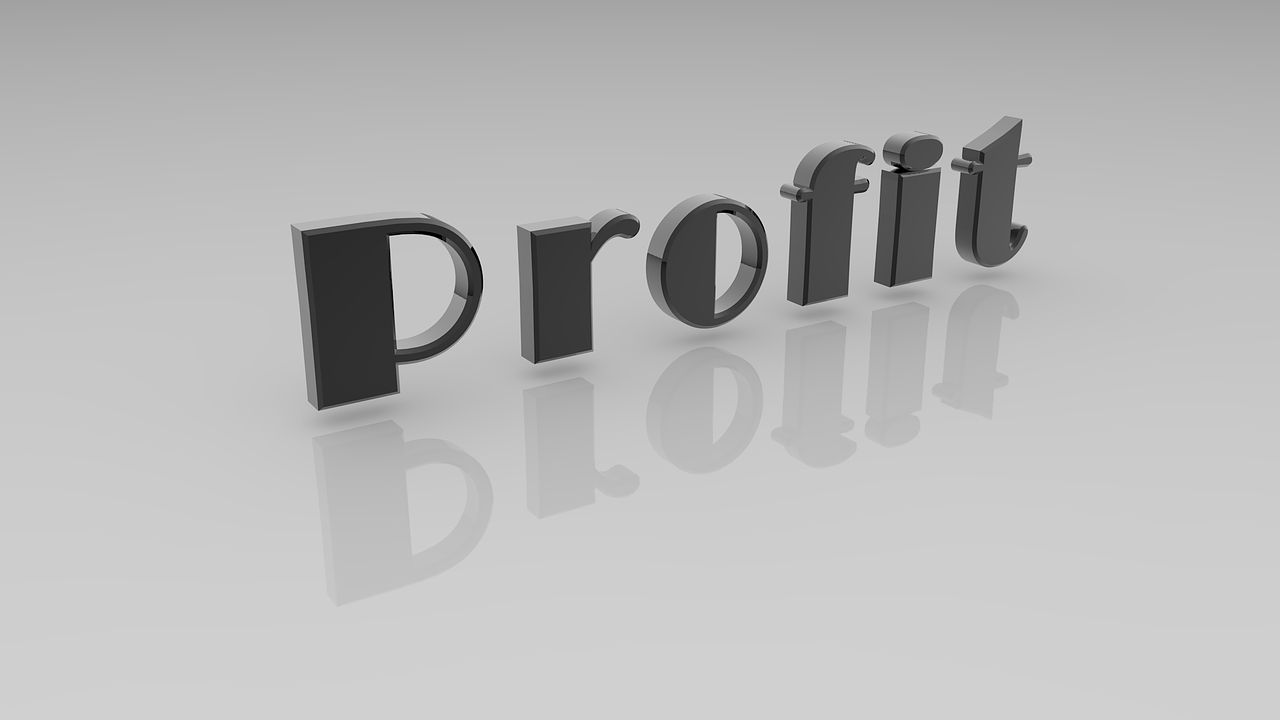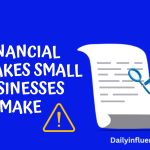
Profit is one of the focus of any small business. Without it, your business cannot grow, thrive, or even survive. But how do you ensure you’re making enough profit to keep your business running smoothly? One of the most important steps is setting the right prices for your products or services. Pricing is not just about covering costs; it’s about finding the sweet spot where customers are willing to pay, and you’re able to maximize profit for your small business.
This article will break down everything you need to know about setting prices that help you maximize profit for your small business. Whether you’re selling handmade crafts, offering a service, or running a small retail store, these strategies will help you make smarter pricing decisions. We’ll cover the basics of pricing, how to understand your costs, and how to test different pricing strategies to see what works best for your business.
By the end of this guide, you’ll have a clear understanding of how to set prices that not only cover your expenses but also help you maximize profit for your small business.
Understanding The Basics Of Pricing

Before you can maximize profit for your small business, you need to understand the basics of pricing. Pricing is more than just picking a number; it’s a strategic decision that can make or break your business. Here are some key concepts to keep in mind:
1. Cost-Based Pricing
This is the simplest way to set prices. You calculate all the costs involved in producing your product or service (like materials, labor, and overhead) and then add a markup to ensure you make a profit. For example, if it costs #1,000 to make a product, you might sell it for #2,000 to double your money.
2. Value-Based Pricing
This approach focuses on what customers are willing to pay based on the value they perceive in your product or service. For instance, if you sell a unique, high-quality item that customers can’t find anywhere else, you can charge more because of its perceived value.
3. Competitor-Based Pricing
This involves looking at what your competitors are charging and setting your prices accordingly. If your product is similar to others in the market, you might price it slightly lower to attract more customers.
Each of these methods has its pros and cons, and the best approach often involves a mix of all three. The key is to find a balance that allows you to maximize profit for your small business while keeping your customers happy.
How To Set Prices That Maximize Profit

Know Your Costs Inside And Out
To maximize profit for your small business, you need to have a clear understanding of your costs. This includes both fixed costs (like rent and salaries) and variable costs (like materials and shipping). Here’s how to calculate your costs:
1. List All Expenses
Start by listing every expense your business incurs. This includes everything from the cost of raw materials to the electricity bill for your store.
2. Calculate Cost Per Unit
If you’re selling a product, figure out how much it costs to produce one unit. For example, if you make 100 units and your total costs are #100,000, your cost per unit is #1,000.
3. Add a Markup
Once you know your cost per unit, decide how much profit you want to make on each sale. A common approach is to double the cost, but this can vary depending on your industry and competition.
When you understand your costs is important because it ensures you’re not selling your products or services at a loss. It also helps you set realistic goals for maximizing profit for your small business.
Research Your Market And Competitors

Another important step in setting prices that maximize profit for your small business is researching your market and competitors. Here’s how to do it:
1. Analyze Your Target Audience
Understand who your customers are and what they’re willing to pay. For example, if you’re selling luxury items, your customers might be willing to pay more for high-quality products.
2. Study Your Competitors
Look at what similar businesses are charging. If your prices are too high, customers might go elsewhere. If they’re too low, you might be leaving money on the table.
3. Identify Your Unique Selling Point (USP)
What makes your product or service different? If you offer something unique, you can charge a premium price.
When you understand your market and competitors, you can set prices that are competitive yet profitable. This is a key step in learning how to maximize profit for your small business.
Test Different Pricing Strategies-Maximize Profit
Once you’ve done your research, it’s time to test different pricing strategies to see what works best for your business. Here are a few strategies to consider:
1. Convincing Pricing
This involves setting a low price initially to attract customers and then gradually increasing it. This can be a good strategy if you’re entering a competitive market.
2. Premium Pricing
If your product or service is high-end, you can charge a premium price to reflect its quality and exclusivity.
3. Bundle Pricing
Offer discounts for customers who buy multiple items at once. This can increase your average sale value and help you maximize profit for your small business.
4. Psychological Pricing
Use pricing tactics like #9,999 instead of #10,000 to make your prices seem more appealing.
Testing different strategies will help you find the one that works best for your business. Remember, the goal is to maximize profit for your small business, so don’t be afraid to experiment.
Monitor And Adjust Your Prices-Maximize Profit
Setting the right price isn’t a one-time task. To maximize profit for your small business, you need to continuously monitor and adjust your prices based on market conditions, customer feedback, and your financial goals. Here’s how to do it:
1. Track Sales And Revenue-Maximize Profit
Keep an eye on how your sales and revenue change when you adjust your prices. This will help you understand what works and what doesn’t.
2. Get Customer Feedback-Maximize Profit
Ask your customers what they think about your prices. Are they willing to pay more? Do they feel your prices are fair?
3. Stay Flexible-Maximize Profit
Be willing to change your prices as needed. If your costs go up, you might need to raise your prices to maintain your profit margins.
By staying proactive and flexible, you can ensure your prices are always optimized to maximize profit for your small business.
Conclusion On Profit
Profit is essential for the success of any small business, and setting the right prices is one of the most effective ways to maximize profit for your small business. By understanding your costs, researching your market, and testing different pricing strategies, you can find the perfect balance between attracting customers and making a healthy profit.
However, pricing is not a one-size-fits-all approach. What works for one business might not work for another. The key is to stay informed, be flexible, and always keep your customers’ needs in mind.
As you implement these strategies, you’ll be well on your way to setting prices that not only cover your expenses but also help you maximize profit for your small business. So take the time to analyze, experiment, and adjust—your bottom line will thank you!
Frequently Asked Questions (FAQs)
1. What is the best pricing strategy to maximize profit for my small business?
There’s no one-size-fits-all answer, as the best strategy depends on your industry, target audience, and competition. However, a mix of cost-based, value-based, and competitor-based pricing often works well.
2. How often should I adjust my prices?
It’s a good idea to review your prices regularly, especially if your costs or market conditions change. However, avoid changing prices too frequently, as this can confuse customers.
3. Can I charge more than my competitors?
Yes, if your product or service offers unique value or superior quality. Customers are often willing to pay more for something they perceive as better or more exclusive.
4. How do I know if my prices are too high?
If you notice a significant drop in sales or receive consistent feedback that your prices are too high, it might be time to reevaluate.
5. What’s the biggest mistake small businesses make when setting prices?
One common mistake is not accounting for all costs, which can lead to pricing products too low and cutting into profit margins. Always ensure your prices cover all expenses and leave room for profit.




